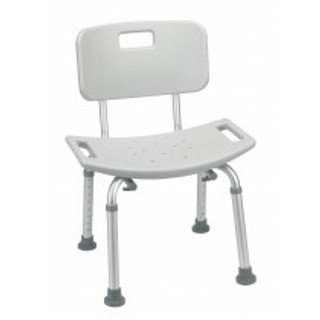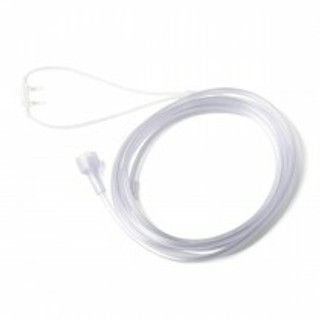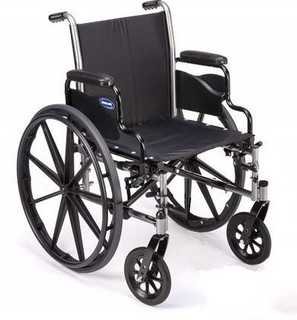Reaching and Maintaining a Healthy Body Weight
While there are naturally no wrong reasons for wanting to get into better shape, you’re in excellent company if you’re personally doing it to lose weight. Reaching and maintaining a healthy body weight comes attached to many benefits including a lowered risk of developing certain diseases, improved self-esteem, and higher energy levels.
However, knowing you’re ready to finally shed those extra pounds is one thing. Actually understanding where and how to focus your efforts is another. Here we’ll discuss some of the most important things to remember if you’re serious about reaching your weight loss goals.
1. Make sure you actually enjoy what you’re doing.
If you’re out of shape or overweight, it’s understandable if the thought of exercising doesn’t exactly fill you with excitement. However, it’s important that you focus on activities that you enjoy well enough to stick with them over the long haul. Fitness doesn’t have to start and stop at the treadmill or the weight room. Yoga, running, walking, hiking, cycling, Zumba, or anything else that sounds like fun is a great choice as well. Think outside the box!
2. Don’t become over-focused on the number of calories you’re burning.
A healthy, wise approach to fitness that’s sure to yield results is an approach that focuses on the big picture. That said, weight loss isn’t solely about the number of calories you burn. Set a variety of goals for yourself that go beyond simply burning calories and focus more on achieving full body health and an overall sense of wellbeing instead. When true health and overall wellbeing are present, weight loss and good looks tend to take care of themselves.
3. Make sure you’re working out at the correct intensity levels.
Making continual progress when it comes to fitness and weight loss has everything to do with knowing how hard you should be working. If you’re doing steady-state cardio over a longer period of time, it’s fine to be able to chat with your friends at the same time. When it comes to short-burst, high intensity activities though, being able to carry on a conversation probably means you’re not working hard enough. A fitness tracker that monitors your heart rate can help you stay right where you want to be every single time you work out.
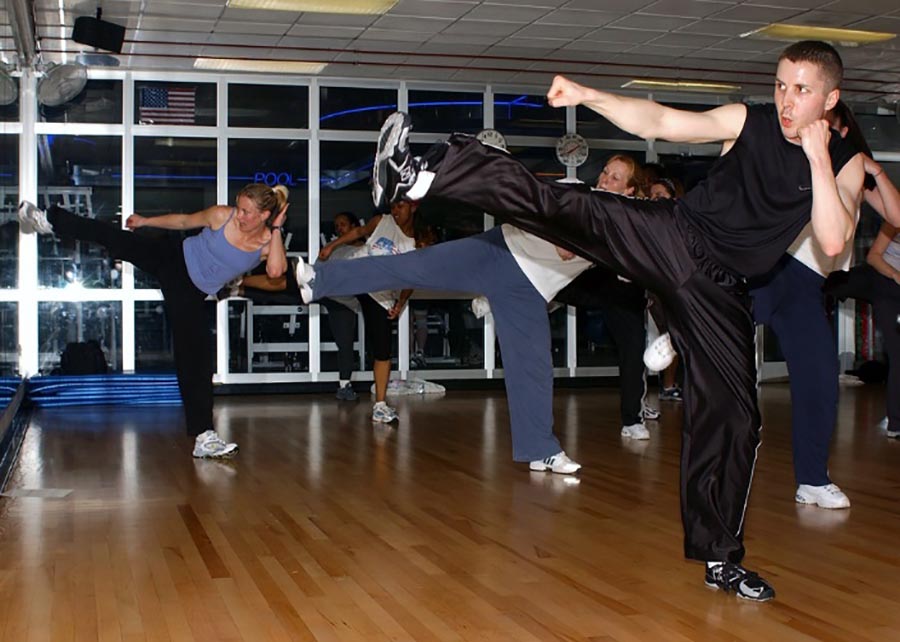
4. Maintain the right balance between high intensity and low intensity workouts.
While it might seem as if going fast and hard every time you work out is the best approach to losing weight, it’s really not necessary or recommended. While it’s true that approaches like high intensity interval training (HIIT) burn lots of calories, they also place a lot more stress on the body. Limit higher intensity workouts to three sessions per week or so. If you want to add more sessions, make them 20-minute workouts comprised of steady-state cardio instead.
5. Understand that getting fit isn’t all about cardio.
While cardio is definitely where it’s at when it comes to building endurance, don’t underestimate the importance of strength training if you’re looking to lose weight. When you strength train, you’re building lean muscle mass. Muscle burns more calories than fat when the body is at rest, so you’re not just making yourself stronger and leaner. You’re also giving your metabolism a boost that continues around the clock. That said, shoot for 2-4 strength training sessions per week.
6. Target enough different muscle groups with your workouts.
The more muscles you use during a given workout, the more calories you’re ultimately going to burn. Compound exercises are exercises that do exactly that – engage multiple groups of muscles. Focus on movements that allow you to engage as many body parts as possible when it comes to your workouts. Try combining bicep curls with lunges or shoulder presses with squats. You’ll ensure that you’re getting the absolute most out of your time spent working out.
7. Remember to stretch.
Building flexibility is important, even if you’re mostly focused on losing weight, so stretching is essential. Stretching before a workout helps prep your tendons and muscles for the activity to come. The better prepared they are, the lower the risk of injury. Without having to worry about an injury holding you back, you can remain consistent with your workout routine, keeping your metabolism high and the pounds falling away. Don’t forget to take some time to cool down after training. Tools like foam rollers make incredibly useful additions to your pre or post-workout routine as well.
8. Be consistent with your routine.
You can’t expect to hit the gym only when you feel like it and still meet your weight loss goals. Results come from setting a strict workout schedule and sticking to it week after week. Committing to consistency in this way will help you turn fitness into a lifestyle and not only achieve your weight loss goals, but maintain them over time as well.
Make sure you work to keep discouragement at bay as well. Plateaus are normal a normal part of the process when you’re trying to get in shape or lose weight. If you find yourself stuck in one, try tweaking your workouts by varying time spent, intensity, or workout type.
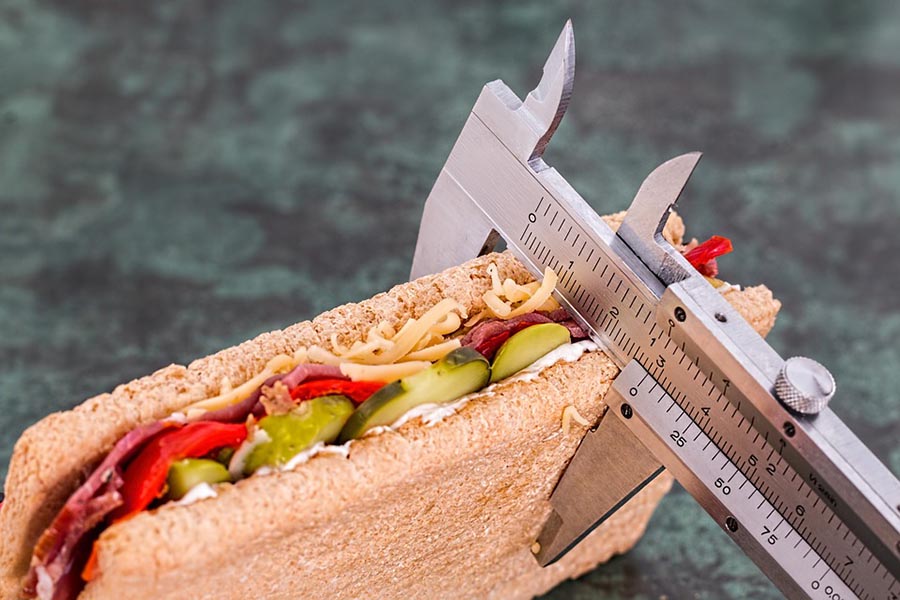
9. Realize that losing weight isn’t just about what you do at the gym.
Remember, fitness is a lifestyle. It’s not a mindset you adopt when you’re at the gym only to put down again when you go back to your life. It’s essential that you make healthy choices outside the gym as well. Look for ways to add even more activity to your daily routine and move around as much as possible. Drink plenty of water and eat healthfully as well.
At the end of the day, success when it comes to any endeavor is all about focus and weight loss is no exception. Be aware of where your mind is at all times and never forget to focus on the right things. Your body will thank you for it.





